
Cinnamon
What color is Cinnamon?
It is a warm, medium shade of brown with some red or orange undertones.
The HEX code for cinnamon is #D2691E, which means it is composed of 82.35% red, 41.18% green and 11.76% blue in the RGB color model.
Cinnamon is darker than shades like tan and beige, but lighter than chocolate or true brown.
This color is often associated with earthy qualities, such as strength and resilience, as well as healing and rejuvenation, due to its connection with the spice.
Cinnamon can also be used to describe a hair color that is medium-brown with flecks of blonde.
Example of the palette with the Cinnamon color

See these colors in NCS, PANTONE, RAL palettes...
What are the examples of Cinnamon color in life?
It is a popular color for hair, clothing, furniture, and interior design.
Some examples of cinnamon color in life are:
Cinnamon sticks and powder, which are used to flavor various dishes and drinks, such as apple pie, oatmeal, tea, and coffee.
It is also believed to have health benefits, such as lowering blood sugar and cholesterol levels.Cinnamon bears, which are a subspecies of the American black bear.
They have a brown fur that ranges from light to dark cinnamon, depending on the season and location.
Cinnamon bears are found mostly in the Rocky Mountains and the western United States.Cinnamon toast, which is a simple and delicious breakfast or snack.
It is made by spreading butter and sprinkling cinnamon and sugar on a slice of bread, then toasting it until golden and crisp.
This toast can be eaten plain or with toppings, such as jam, honey, or peanut butter.Cinnamon rolls, which are a type of pastry that consists of a spiral of dough filled with cinnamon, sugar, and sometimes raisins, nuts, or cream cheese.
They are baked and topped with icing, glaze, or frosting.
Cinnamon rolls are a popular treat for breakfast, brunch, or dessert.Cinnamon candles, which are a type of scented candle that emits a warm and spicy aroma of cinnamon.
They are often used to create a cozy and festive atmosphere, especially during the fall and winter seasons.
Cinnamon candles can also help to reduce stress and improve mood.
Example of the palette with the Cinnamon color
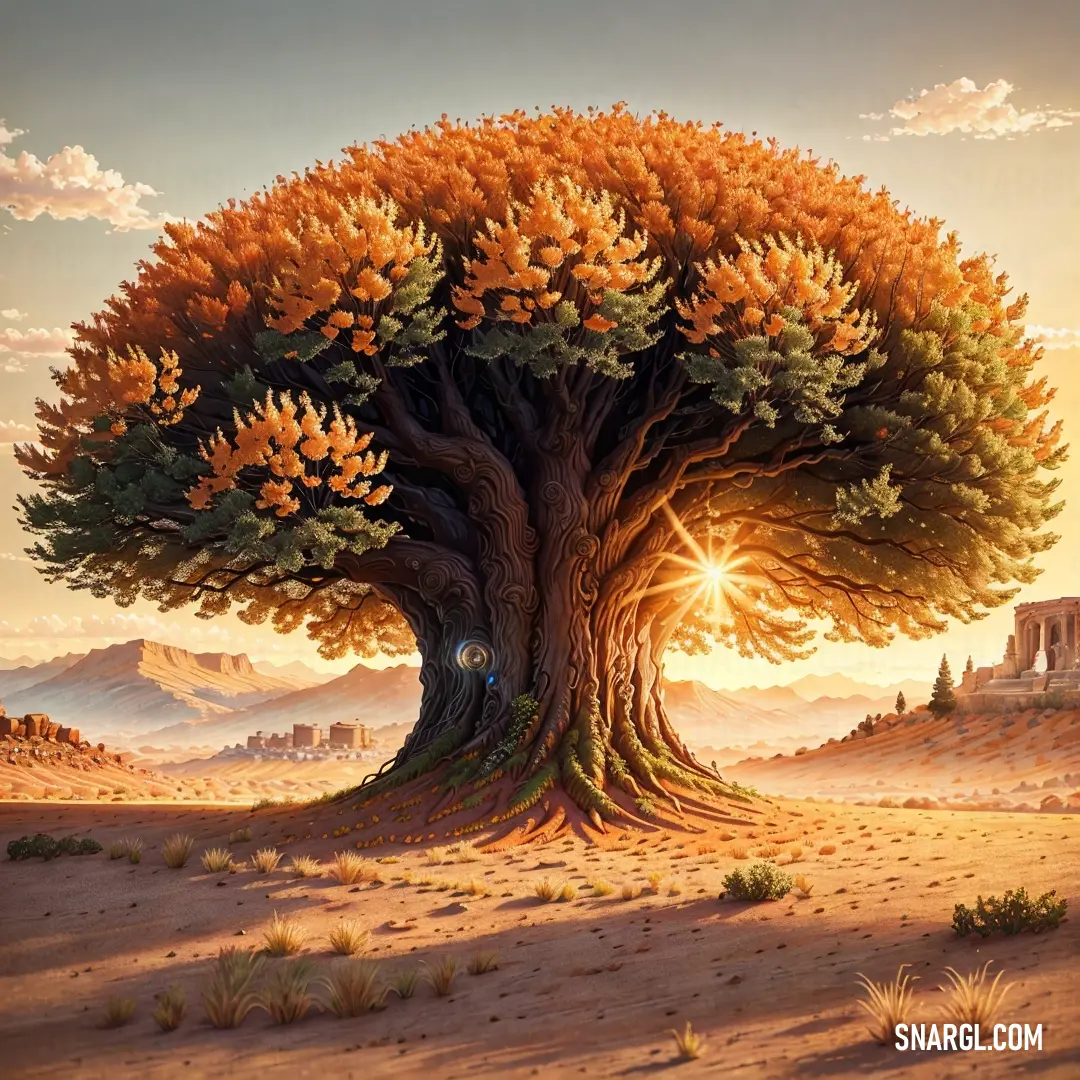
See these colors in NCS, PANTONE, RAL palettes...
Example of the palette with the Cinnamon color

See these colors in NCS, PANTONE, RAL palettes...
What strange or uncommon things can be of the Cinnamon color?
However, there are some strange or uncommon things that can also be of the cinnamon color.
Here are some examples:
Cinnamon bears: These are not actual bears, but a type of candy that is coated with a cinnamon-flavored shell.
They are usually red or dark brown, but some varieties are lighter and more orangey, resembling the cinnamon color.Cinnamon ferns: These are a type of fern that have fertile fronds that produce spores.
The spore-bearing structures are brown and look like cinnamon sticks, giving the fern its name.Cinnamon teal: These are a type of duck that have a cinnamon-colored plumage on their head, neck and chest.
They are found in North and South America, and are the only teal species that breed in both continents.Cinnamon mushrooms: These are a group of fungi that have a cinnamon-brown color on their caps, stems or gills.
Some examples are the cinnamon webcap, the cinnamon conk and the cinnamon milkcap.Cinnamon stones: These are a variety of garnet that have a reddish-brown color similar to cinnamon.
They are also known as hessonite or essonite, and are sometimes used as gemstones.
Example of the palette with the Cinnamon color

See these colors in NCS, PANTONE, RAL palettes...
The Cinnamon Revolution
Ravindra had always been fascinated by the color cinnamon. It was a warm, earthy hue that evoked feelings of comfort and nostalgia. However, in the world of motion design, cinnamon was often overlooked in favor of more vibrant and flashy colors. Ravindra believed that cinnamon had the potential to revolutionize motion design, and he was determined to prove it.

One evening, as Ravindra was closing the shop, he noticed Vivienne meticulously cleaning the shelves. He had always admired her dedication and wondered if she shared his passion for art. "Vivienne, have you ever thought about using cinnamon in your artwork?" he asked.
Vivienne looked up, surprised. "Cinnamon? I’ve never really considered it. Why do you ask?"
Ravindra smiled. "I believe it has untapped potential. It’s a color that can evoke deep emotions and create a sense of warmth and connection. I’ve been experimenting with it in my motion designs, and I think it could be revolutionary."

Intrigued, Vivienne decided to give it a try. She spent the next few days experimenting with cinnamon in her cleaning routines, using it to create subtle patterns and designs on the shop’s windows and floors. To her surprise, the customers began to notice and appreciate the unique ambiance it created.
Encouraged by the positive feedback, Ravindra and Vivienne decided to collaborate on a motion design project. They spent countless hours brainstorming and experimenting, combining Ravindra’s technical skills with Vivienne’s artistic intuition. The result was a stunning piece of motion design that showcased the beauty and versatility of cinnamon.
Their project quickly gained attention in the design community. People were captivated by the warm, inviting hues and the way the color cinnamon brought a sense of comfort and nostalgia to the animations. It was unlike anything they had seen before.

As their work gained popularity, Ravindra and Vivienne were invited to present their project at a prestigious design conference. They shared their journey and the inspiration behind their use of cinnamon. The audience was mesmerized by their story and the innovative use of color.
The success of their project marked the beginning of a new era in motion design. Designers around the world began to experiment with cinnamon, discovering its unique ability to evoke emotions and create a sense of connection. Ravindra and Vivienne’s collaboration had sparked a revolution, changing the way people perceived and used color in motion design.
In the end, Ravindra and Vivienne’s story was not just about the color cinnamon. It was about the power of collaboration, the importance of following one’s passion, and the impact that a single idea can have on the world. Their journey had shown that sometimes, the most revolutionary ideas come from the most unexpected places.



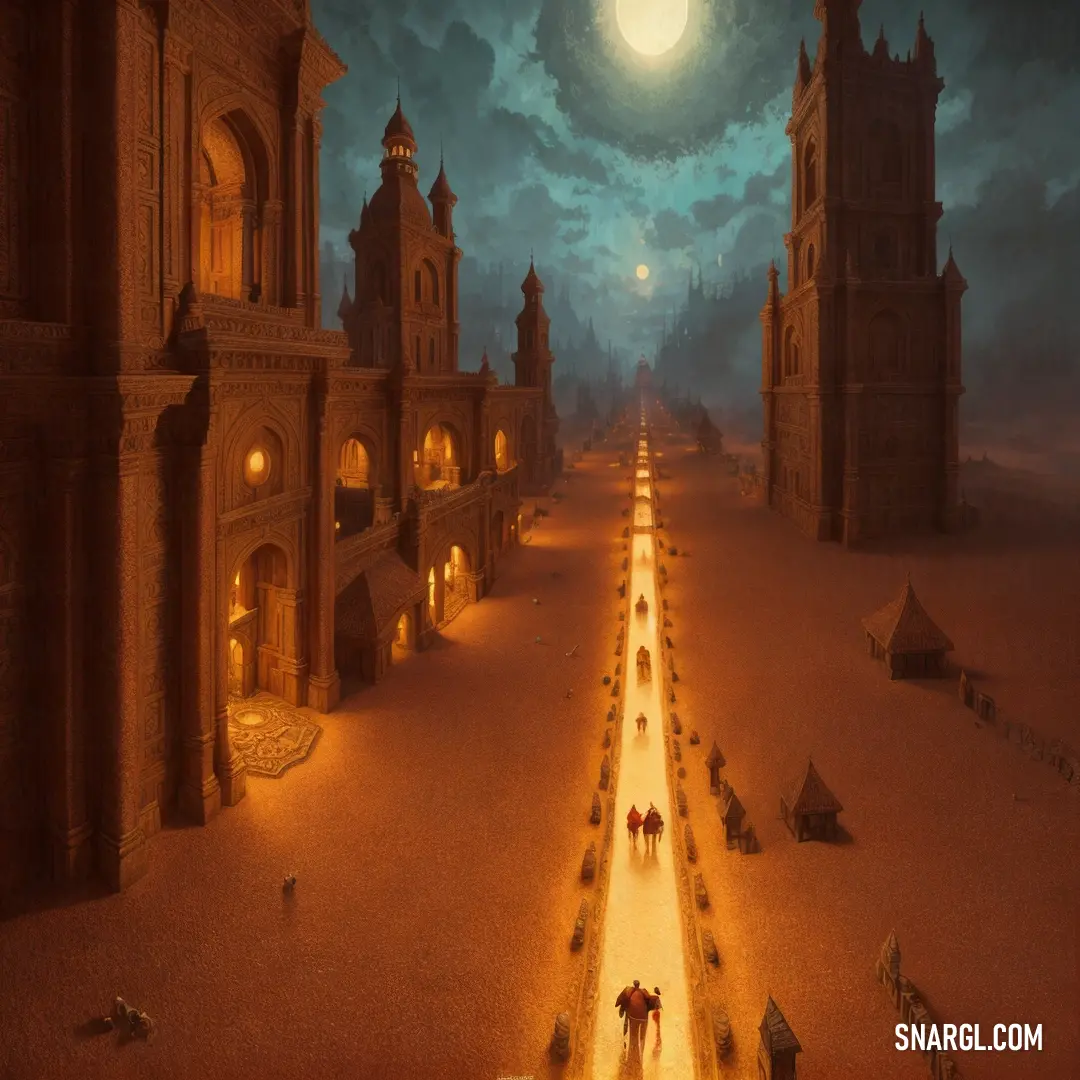



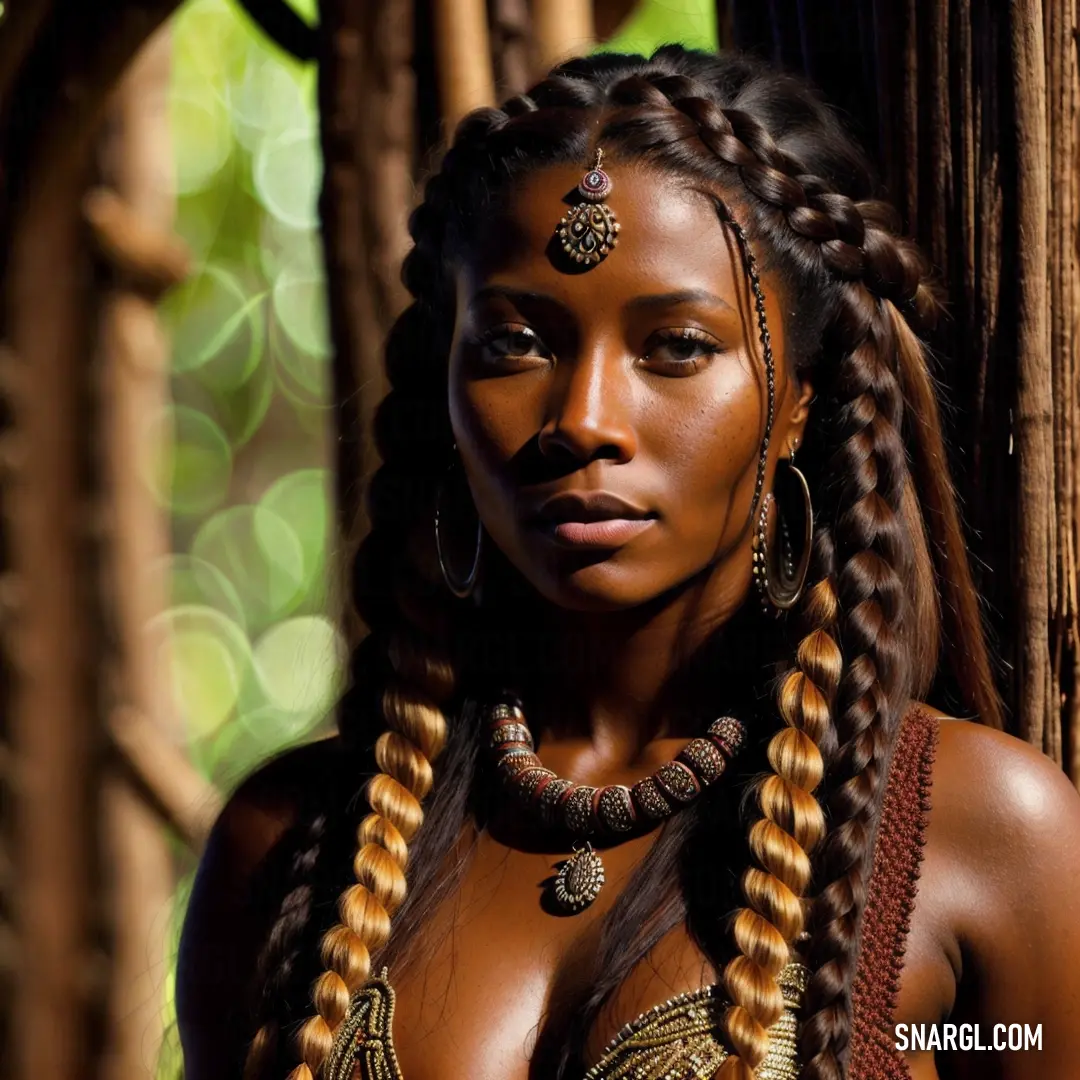


 Persian plum
Persian plum Cinnamon
Cinnamon Medium carmine
Medium carmine Sinopia
Sinopia Smoky black
Smoky black
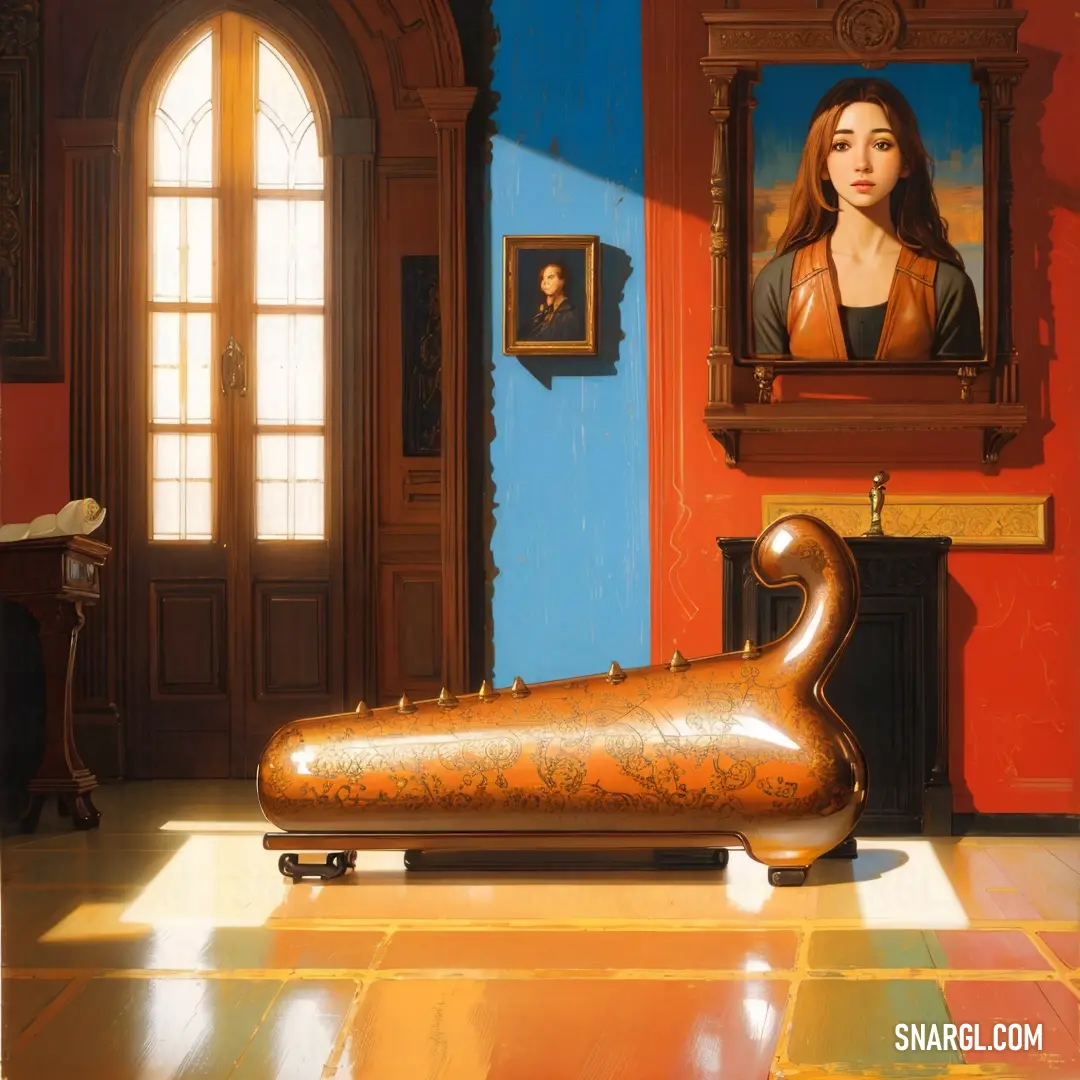




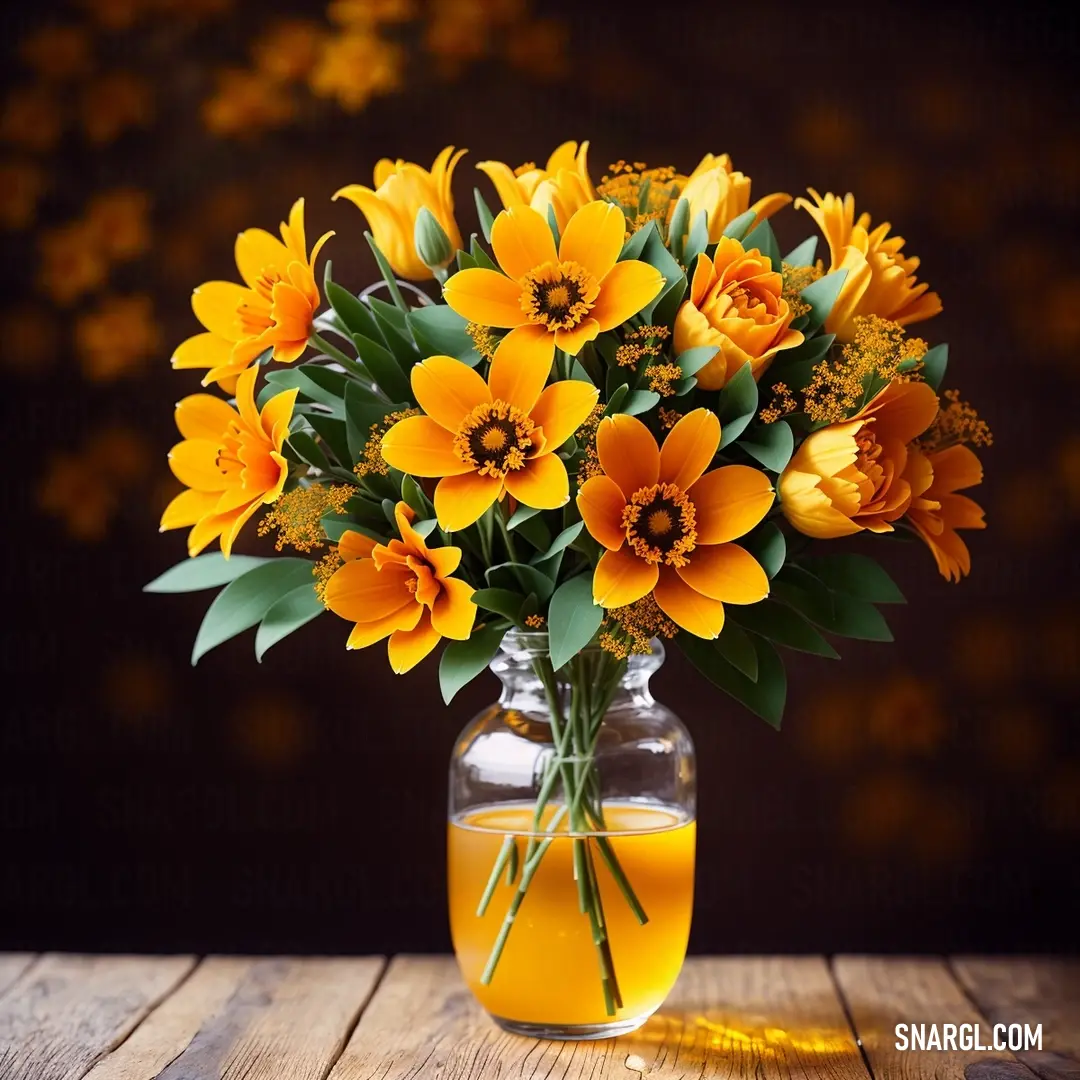











 Dark jungle green
Dark jungle green Topaz
Topaz Smokey topaz
Smokey topaz Indian yellow
Indian yellow Bulgarian rose
Bulgarian rose Pastel orange
Pastel orange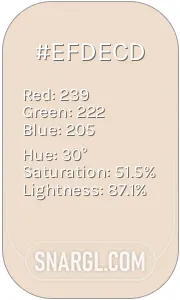 Almond
Almond Khaki
Khaki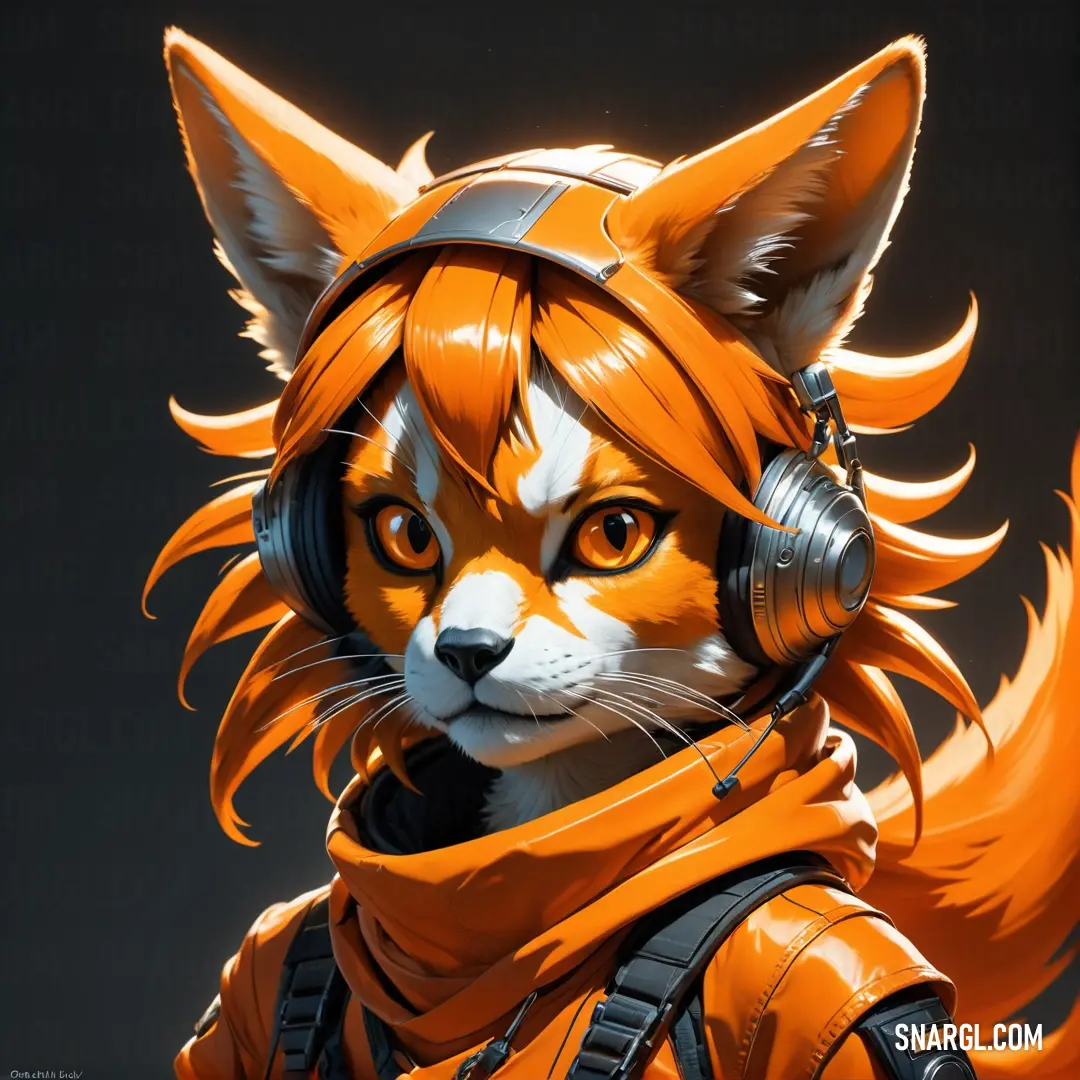








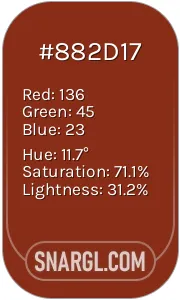 Sienna
Sienna Purple taupe
Purple taupe Seal brown
Seal brown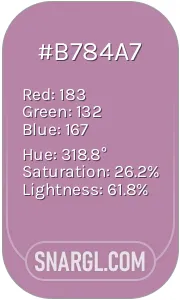 Opera mauve
Opera mauve







